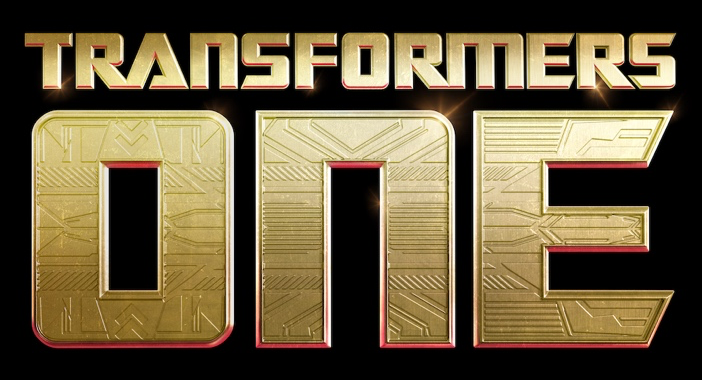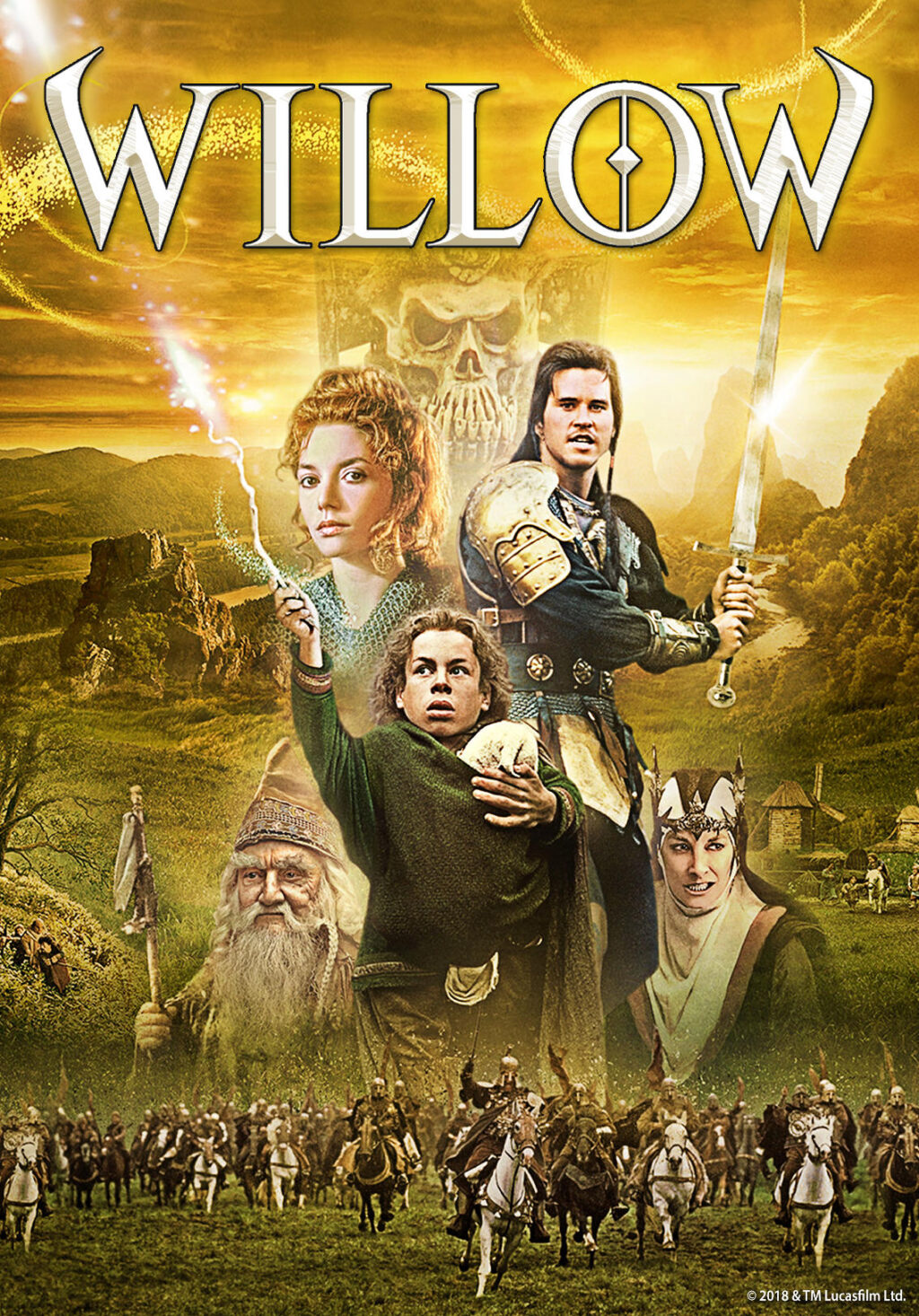
RETRO MOVIE REVIEW: Willow (1988)
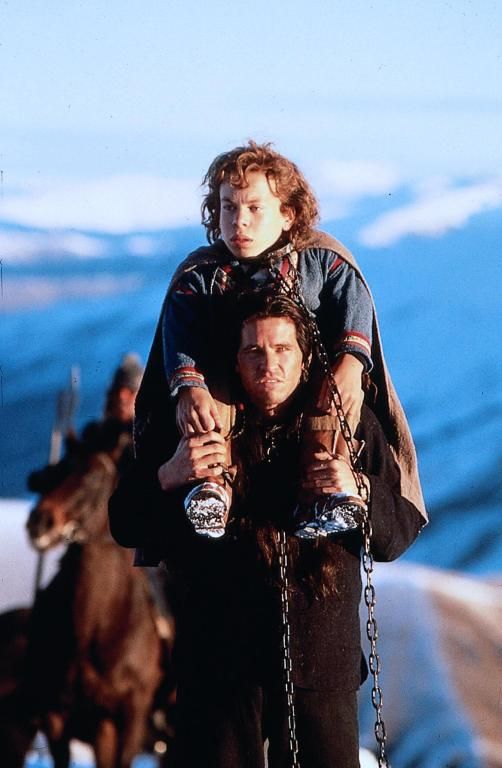 When one mentions the name of George Lucas, one of two franchises typically will come up immediately, usually Star Wars or Indiana Jones. However, Lucas also was involved with films that branched outside of his usual serial-style adventure tales, most notably THX-1138, American Graffiti and Red Tails. Willow tends to fit more within Lucas’s traditional fare, though leaning into Tolkien-style high fantasy as opposed to space operas or pulp action. Given that the original film is soon to get a live-action sequel series on Disney+, it’s worth revisiting the 1988 film and see how well it holds up.
When one mentions the name of George Lucas, one of two franchises typically will come up immediately, usually Star Wars or Indiana Jones. However, Lucas also was involved with films that branched outside of his usual serial-style adventure tales, most notably THX-1138, American Graffiti and Red Tails. Willow tends to fit more within Lucas’s traditional fare, though leaning into Tolkien-style high fantasy as opposed to space operas or pulp action. Given that the original film is soon to get a live-action sequel series on Disney+, it’s worth revisiting the 1988 film and see how well it holds up.
Looking back on it with a modern lens, Willow is generally an entertaining and fan-pleasing sort of film, but it does have its share of narrative flaws. Where the movie typically works is in the charm of both the title character and his world, combined with the action/adventure flavor of an Indiana Jones. The movie draws on the archetypal power that worked for Star Wars, and where it works, it’s quite interesting. The baby Princess Elora Danan is a figure of prophecy, but she is also a Moses-like figure meant to lead her people out of bondage. Other characters are drawn from Campbellian archetypes, echoing the original cast from the classic Star Wars trilogy, but this isn’t inherently bad if a bit repetitive. Willow Ufgood, for instance, is a compelling main character and he’s extremely relatable, all while being notably distinct from Luke Skywalker. I can also appreciate some of its creative decisions and themes, including the idea that sleight of hand can be more effective than the power of real magic. The light and swashbuckling tone of Willow also offers a nice contrast from many modern fantasy series, which are all too often on the bleaker and more deconstructive side. This movie leans into the mythic and literary influences and embraces the lighter side of fantasy, and the result is a film that offers enough fun and entertainment to offset its weaker points.
Unfortunately, though, there are points to this movie that could have been better considered and executed. One major problem with Willow and its setting is that even though the nature of magic is a major aspect of this story, there is no clear magic system presented here. The Chris Claremont novels based on Lucas’s notes would attempt to flesh those out, but they are not apparent in the film itself. It isn’t clear, for instance, why the villainous Queen Bavmorda needs to cast a ritual to destroy the child of prophecy; it would seem easier just to have her soldiers kill the child rather than resort to an elaborate and time-consuming spell. Even in something like Star Wars, there are some consistent principles to the Force as presented in the original trilogy. But with Willow, magic seems to work as the plot requires it to, with no clearly established cost to spellcasting or any clear rules as to how it functions. Things simply happen, and because of this, Willow Ufgood doesn’t really learn much about magic aside from the value of self-belief. Magic also tends to cause character-related problems at times too; Sorsha’s defection to the side of good is rushed and makes little real sense, and largely driven by a similarly rushed romance with Madmartigan. The entire defection is based on Madmartigan’s exposure to fairy dust (the “dust of broken hearts”) which causes him to be infatuated with Sorsha and pursue her. However, it isn’t really clear why Sorsha would betray her mother for Madmartigan, a known criminal and con artist. The magic in this film is driven by the magic of plot convenience, and this works against the movie at times.
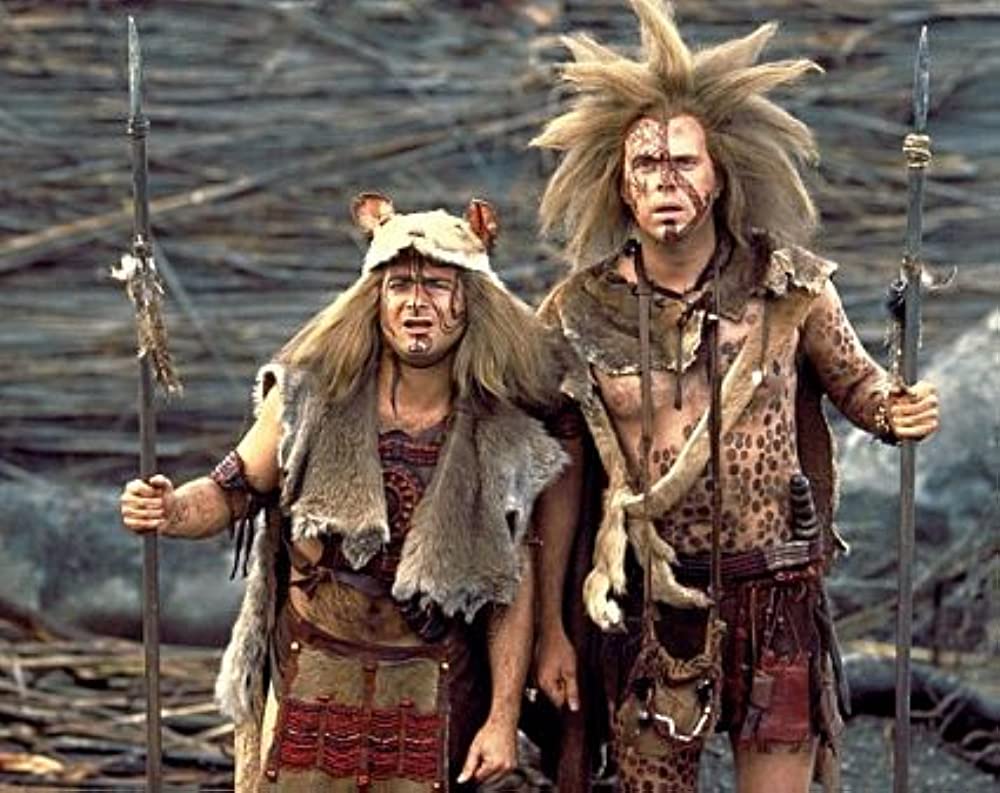
Still, the combination of Lucas’s story and the direction of Ron Howard shines through where the movie does work. The early sequences in the Nelwyn village are very much a twist on Tolkien’s hobbits, with the wizard mentor taking the young Willow under his wing and guiding him on the path to adventure. However, in an interesting twist, this mentor figure is largely a fraud, using a handful of real magic while relying on stagecraft to create the illusion of a wise and learned sorcerer. Willow eventually does learn genuine sorcery from Fin Raziel, a transformed sorceress, but this knowledge ends up not being the key to Bavmorda’s defeat at all. These are clever ideas and a curious spin on Tolkien’s ideas. However, there are clear elements of the film that bear similarities to other Lucas-involved films. The horse-cart chase, for instance, feels very much like a scene from Indiana Jones, not helped by the fact that Madmartigan comes across like a Harrison Ford character in the way he’s written. Likewise, the snow shield chase down the mountain bears some resemblance to the raft sequence from Temple of Doom. At the same time, the combination of twisted Tolkien-esque fantasy and Lucas-style high adventure gives Willow its own flavor, and this contributes to the unique charm of the movie. Moreover, Ron Howard is a director who is a strong fit for the Lucas approach, and the visual style of Willow effectively captures the lighter style of fantasy that Lucas was likely going for.
The casting choices for this film are quite effective, even if some of them are quite offbeat. Warwick Davis apparently had always been George Lucas’s first choice since finishing Return of the Jedi, and it’s not difficult to understand why. Davis brings relatability and heart to the role of Willow Ufgood, and he captures the character’s inner transformation throughout the film. Even though Madmartigan feels very much like a Harrison Ford character as he’s scripted, Val Kilmer does a good job in making the character his own with the performance. I’m unaware of any other roles that Joanne Whalley has been in, but she holds her own as Sorsha; even though the writing of the romance arc with their characters made little sense, her chemistry with Kilmer at the time does a good job of offsetting the character issues. I’m much more familiar with Jean Marsh, since she’s a veteran Doctor Who actress, but her most relevant episode here is “Battlefield”, where she played Morgan le Fay. Marsh has a knack for playing evil queens, and there’s a dark delight in her portrayal of Queen Bavmorda. Although I found the two brownies annoying, I can’t deny that Kevin Pollak and Rick Overton are a good comedic duo, and they play well opposite each other. Patricia Hayes turns in a strong performance as Fin Raziel, though mostly in a voice role; still, when Raziel appears fully, she holds her own nicely against Jean Marsh in the final scenes. Billy Barty is a delight as Willow’s mentor, and he brings a sense of fun to what is often a serious archetype. Finally, there are fun appearances from Pat Roach (best known for fighting Indiana Jones in several different roles) as Kael, and Gavan O’Herlihy (a Happy Days veteran) as Madmartigan’s warrior friend Eirk.
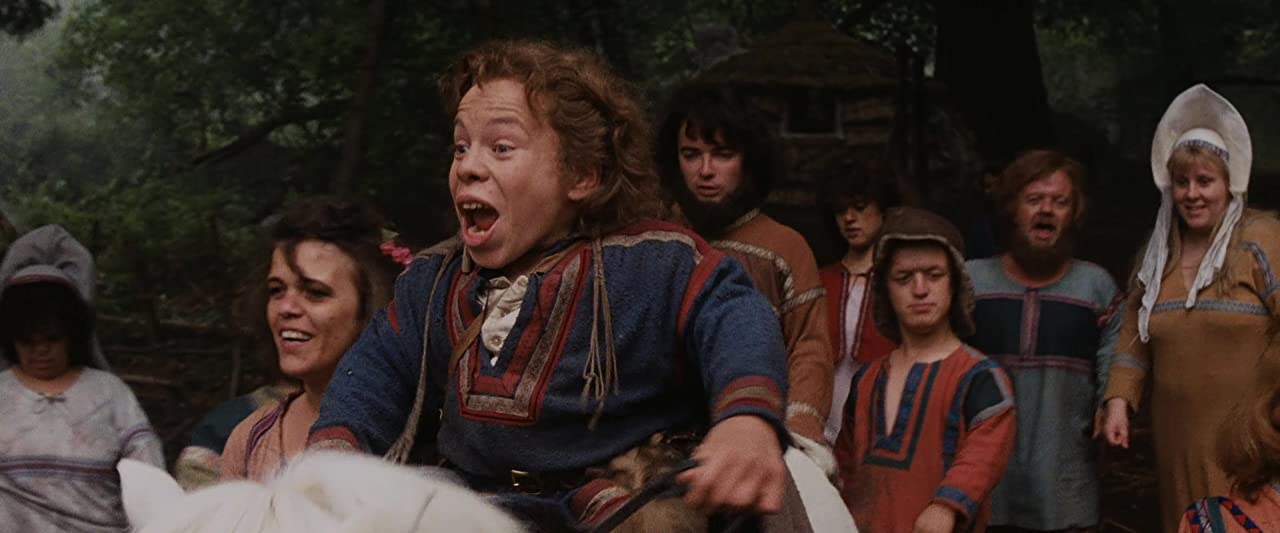
Willow is one of those films that is noticeably flawed, but manages to overcome those issues by being fun and emotionally satisfying. It does recycle certain influences and tropes, and there are plot and character elements that don’t quite work. However, Willow Ufgood is delightful and charming to spend time with, his character arc is well executed, and his bonds with Elora and Madmartigan drive the events of the film nicely. Moreover, the action and direction from Lucas and Howard are enjoyable to watch, and that combination leads to some entertaining action sequences. As long as you don’t keep expectations on the level of Lucas’s other classic films, Willow has enough charm, joy, and heart to be worth the rewatch. It holds well with other fantasy films of the time, and this movie offers a world that has potential for Disney to build on if they choose.
Score: 4/5
Story: George Lucas
Screenplay: Robert Dolman
Director: Ron Howard
Cast: Warwick Davis, Val Kilmer, Joanne Whalley, Jean Marsh, Billy Barty, Patricia Hayes, Pat Roach, Gavan O’Herlihy, Kevin Pollak, Rick Overton, Maria Holvoe, David J. Steinberg, Mark Northover
Author Profile
- Steve Sellers had been a fan of superheroes ever since Superman: The Movie. But it took the JSA, the Legion of Super-Heroes, Dragonlance, Lord of the Rings, Twilight Zone, and Chris Claremont's legendary run on the X-Men to make him a writer and a longtime fan of comics, fantasy, and science fiction. Steve is the co-creator of WHITE DRUID & MICHAEL NERO and GUARDIANS OF ELAYIM for Omen Comics, and he is also the creator of BLITZ and SHOCKWAVE for Revelation Comics (an imprint of Omen Comics).






